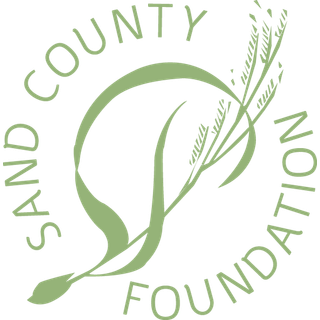Dick and Megan Lanford are brutally honest when asked about raising cattle near a place named Truth or Consequences.
With just 8 inches of annual rainfall, they can’t think of a more difficult place to ranch than on their nearly 20,000 acres in Sierra County, but they are finding ways to make it work.
In 2017 the couple moved back to the ranch to help Dick’s father raise between 100 and 200 head of cow-calf pairs. The Lanfords also run a construction business that specializes in ranch and wildlife habitat excavation services. Megan is a wildlife biologist and Dick is a numbers guy.
Tests showed high levels of potassium and salt in their soils, and some of the ground water they are able pump is undrinkable due to alkaline. Given the arid conditions, they quickly surmised that raising crops was not feasible.
They took what had been marginal farmland and planted grasses and legumes to establish permanent pasture that was nutritious for cattle and beneficial to the soil. They amended their soil’s organic matter by disking manure and grasses into it.
“The cheapest hay baler and fertilizer has four legs” is how Dick explains their decision to graze cattle year-round.
Despite access to thousands of acres of rangeland, the Lanfords rely on 60 acres of irrigated pasture to feed their cattle during dry summers. This gives the rangeland months of rest until rains arrive in the winter. It’s a unique take on rotational grazing that is gaining traction in their region.
Megan monitors the herd of crossbred cattle’s body conditioning scores, and their fecal samples, to gauge the effectiveness of their grazing management practices.
Watch their conservation success story
“From day one, their goal has been to not only improve the condition of their livestock, but to better the land they steward and own,” said Kristi Wright, USDA NRCS District Conservationist. “Lanford Livestock takes a holistic approach to solving current and potential issues and challenges. The Lanfords have instituted basic principles of range, pasture, and wildlife management on their operation while moving to greater levels of conservation.”
With cost-share assistance from their local Soil and Water Conservation District the Lanfords land-leveled their 60-acre pasture to prevent erosion and conserve water while irrigating. Solar irrigation pumps were installed to conserve electricity.
Wildlife habitat at Lanford Livestock has been enhanced due to its participation in the federal Conservation Stewardship Program. The wildlife-friendly legumes and shrubs that have been planted feed deer and javelina. Large brush piles provide refuge for a growing population of quail, and bat boxes have been installed.
The Lanfords have worked to eradicate non-native vegetation such as Saltcedar and spiny trees on the ranch they have owned since 1981.
Off the ranch, the Lanfords are active members of the Sierra County Farm Bureau. Dick fights wildfires with state and federal forestry departments. Megan has served as the educational coordinator and district supervisor for the Sierra Soil and Water Conservation District board.
Lanford Livestock regularly hosts youth at the SSWCD’s summer camp, and other county agricultural events. Described as an innovator, natural educator, and tireless advocate for agriculture, Megan visits local schools to teach youth where their food comes from.





